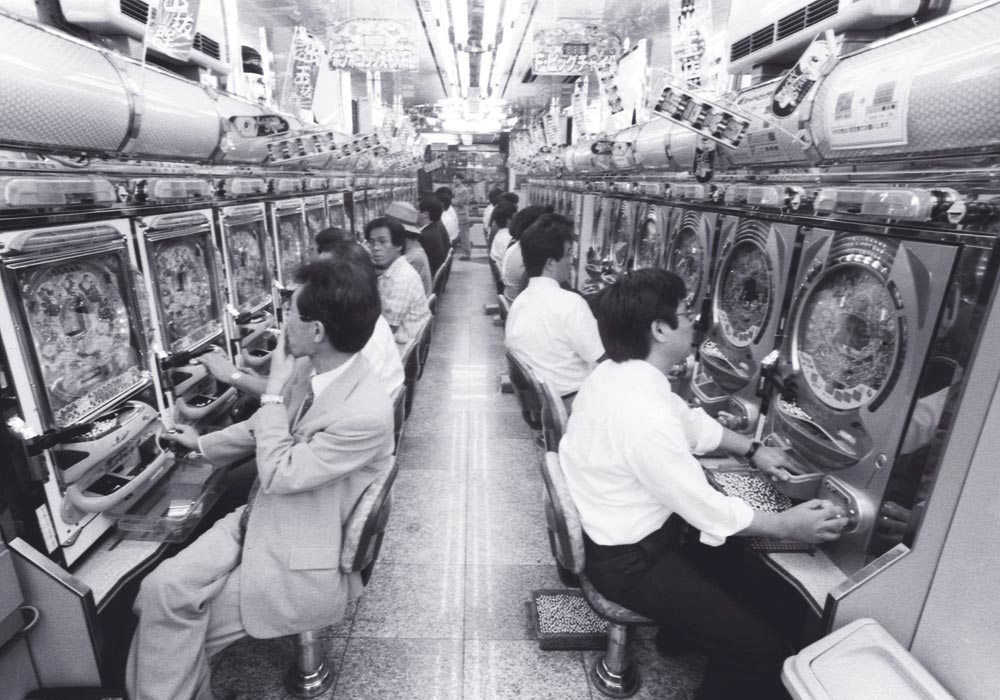One might think that the world is a village when looking at certain games that showcase an amazing similarity although they belong and rose in different and distant cultures. Such is the case of Pachinko, the traditional Japanese game that in several aspects is very similar to American slot machines, or what some might know as Australian pokies.
Pachinko in Japan’s Entertainment Industry
Pachinko has been a staple of Japanese entertainment for decades until the game transitioned to the digital realm. This passage meant a new era of giant steps forward in the online gambling industry. This evolution has made Pachinko more accessible than ever before, reaching a wider audience in the country.
While embracing modern gaming trends, the transition has tried to preserve the cultural heritage of Pachinko among Japanese players. Such a unique combination of tradition and future meets in today’s Pachinko game versions for digital casinos, like crazy Pachinko, one of most appreciated and played Pachinko games in Japan.
A Brief History of Pachinko
Here, we want to keep track of the history of Pachinko from its early beginning to the present day. As a beloved game that combines elements of pinball and slot machines, Pachinko has conquered the hearts and daily habits of millions of Japanese players over decades.
Early Origins
The first time Pachinko appeared, was in the years 1920s. At that time, the new technological innovations seemed to boom in almost all sectors, including entertainment.
Japanese investors began to experiment with mechanical games, following the allure of the popular American pinball game. This game might look primitive in our eyes, but it was the most amazing and engaging pastime game to play in that era. It’s not shocking that pinball machines spread in several countries outside the American borders.
In Japan, pinball machines were called korinto-gashi and featured a manual device that involved and shot small metal balls that ran into a mechanism with scores. The objective of the game was to achieve the highest score per game. The korinto-gashi machine game represents an ancestor of Pachinko as it appeared later.
Post-World War II
The advent of the World War II faltered all markets and industries. However, the post-war period saw the rise of a new era in Japan, as the country rapidly rebuilt its structures moving toward deep industrialization and urbanization. During this period made of big social and economic changes in the Land of the Rising Sun, Pachinko appeared on the local entertainment market. The game gained greater popularity as an accessible form of pastime for everyone. Pachinko marked the beginning of the mass entertainment market, a new sector that offered entertainment products at a reach for a wider audience.
Another significant change of this period was the introduction of electrically powered Pachinko machines, which paved the way for game developers to elaborate more engaging and intriguing gameplay features.
From 1960s to 1970s
During the following years, technology moved several steps forward, reshaping the way people could access daily services. The introduction of electrical devices in people’s lives marked this period as the beginning of telecommunication. Radios were soon followed by the first TVs, spreading news and opening people’s sightings on a global scale.
Pachinko manufacturers incorporated flashing lights and new sounds in the game, with electrically-powered bumpers. Pachinko turned into a dynamic, colorful, and attractive game for extra excitement and thrills. The first parlors appeared across Japan’s largest metro areas during these years, as well.
Legality Challenges
Although Pachinko had reached wide popularity, its horizon was still filled with many legal challenges to face. While gambling in Japan was illegal in the early 20th century, Pachinko could survive by navigating a subtle line halfway between entertainment and gambling. The secret that allowed Pachinko to continue its journey in Japan’s entertainment market was that it used ball bearings instead of money.
The exchange of balls for tokens to redeem for cash rewards at shops around the parlor blurred this line, leading to legalization issues.
From the 2000s to Today
The years between the late 1990s and the early 2000s witnessed the introduction of regulatory laws that impacted the Pachinko market and mitigated concerns derived from the risk of gambling addiction. Thus, the way rewards were released to Pachinko players had to change and be accomplished with entertainment rather than gambling.
Today, Pachinko has become a staple in Japanese online casinos. The online versions offer many additional features and betting options than the land-based machines, incorporating the purest essence of Japanese culture and bringing it into the gaming experience of millions of foreign players.



